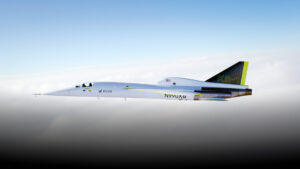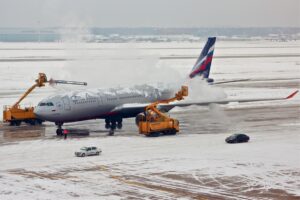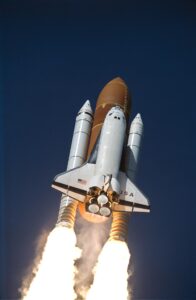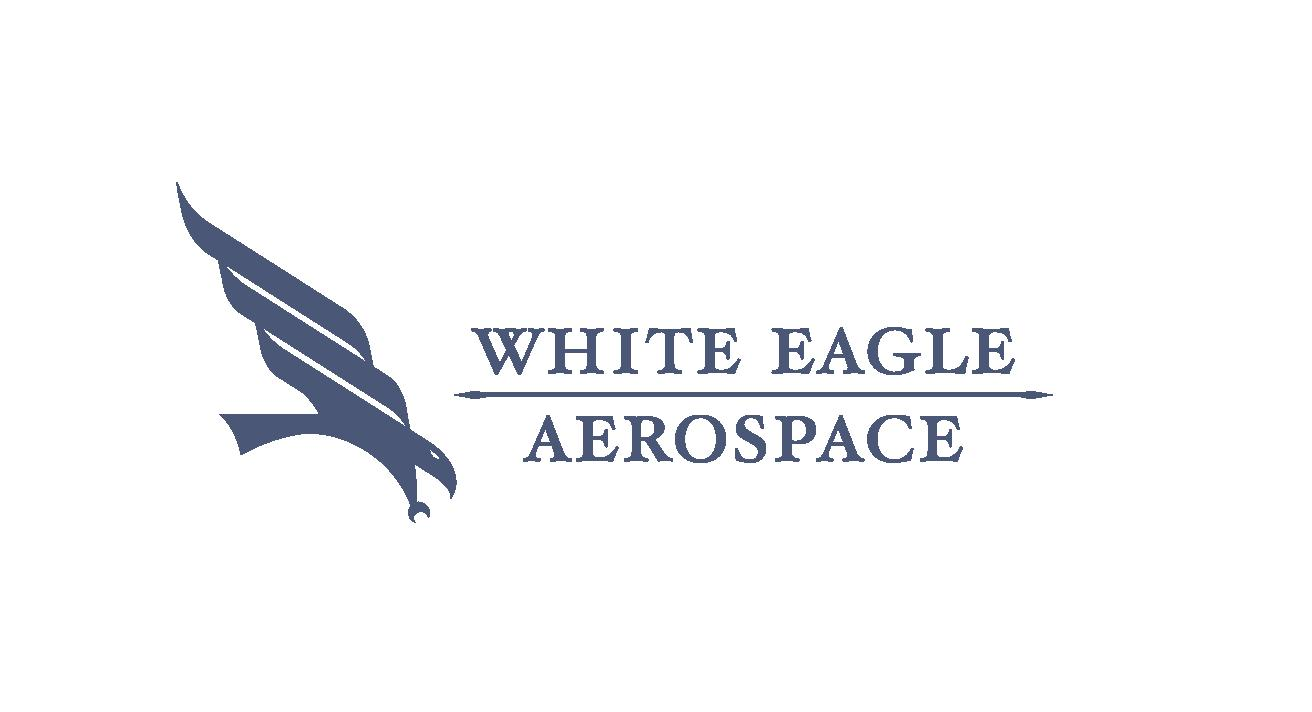✈️ Breaking the Sound Barrier Again: Meet Boom
Supersonics’ XB-1
The golden age of supersonic flight is making a comeback—cleaner, faster, and smarter than ever. With the unveiling of its experimental demonstrator, XB-1, Boom Supersonic is poised to reshape the future of commercial air travel.
Imagine flying from New York to London in just 3.5 hours, all while significantly reducing your carbon footprint. This isn’t science fiction—it’s the next chapter of high-speed aerospace innovation.

🚀 Introducing the XB-1 Supersonic Demonstrator
Known as the “Baby Boom,” the XB-1 is a scaled prototype designed to validate technologies and aerodynamic principles that will power Boom’s flagship supersonic airliner, the Overture.
Key Features of XB-1:
-
🔹 Speed: Designed for Mach 1.7 (approximately 1,300 mph)
-
🔹 Power: Equipped with three General Electric J85 engines
-
🔹 Size: 71 feet long, featuring a sleek carbon-composite airframe
-
🔹 Sustainability: Runs entirely on 100% sustainable aviation fuel (SAF)
-
🔹 Design: Optimized for low drag, high aerodynamic efficiency, and stable supersonic performance
The XB-1 recently completed ground testing and is now preparing for its first flight—marking the first independently developed supersonic jet since the Concorde era.
🌱 Supersonic, But Sustainable
One of the most groundbreaking aspects of the XB-1 is its commitment to sustainability. Unlike the Concorde, which was notorious for high fuel consumption and environmental impact, Boom is prioritizing green flight from the ground up.
Using SAF not only reduces lifecycle emissions by up to 80%, but it also sets the tone for a future where speed and environmental responsibility are no longer at odds.
🛫 Paving the Way: Boom Overture
The XB-1 is just the beginning. Its ultimate purpose is to validate the technology that will drive Boom’s commercial airliner, Overture, projected to fly by the early 2030s.
Overture will:
With customers already including United Airlines and interest from the U.S. Air Force, Boom is building not just an aircraft—but a new era in aviation.
🔧 Why It Matters
The XB-1 represents more than a return to speed—it’s a redefinition of aerospace possibility. For engineers, scientists, and aviators, it showcases:
-
The return of high-speed civil flight
-
Major advancements in materials science and fluid dynamics
-
Viable paths to net-zero aviation through fuel and design innovations
This isn’t just about flying faster—it’s about flying smarter, cleaner, and with purpose.
🌍 The Future of Flight Is Supersonic—Again
With XB-1 preparing to take flight and Overture on the horizon, Boom Supersonic is leading a renaissance in aerospace engineering. For those passionate about pushing boundaries and rewriting what’s possible in the sky, this is a front-row seat to history in the making.
Stay tuned—because the sonic boom is coming back, and this time, it’s bringing the future with it.
Why Do Airports De-ice the Wings on a Plane?
If you’ve ever flown in winter, you may have noticed crews spraying aircraft wings with a special fluid before takeoff. This process, known as de-icing, is crucial for flight safety. Ice buildup on a plane’s wings can interfere with aerodynamics, reducing lift and increasing drag. If left untreated, it can lead to dangerous flight conditions, including difficulty maintaining altitude or even a stall. That’s why airports ensure aircraft are free of ice before departure.
known as de-icing, is crucial for flight safety. Ice buildup on a plane’s wings can interfere with aerodynamics, reducing lift and increasing drag. If left untreated, it can lead to dangerous flight conditions, including difficulty maintaining altitude or even a stall. That’s why airports ensure aircraft are free of ice before departure.
What Do They Use to De-ice the Plane?
To remove ice, crews use de-icing fluid, a heated liquid mixture of glycol and water. This solution quickly melts any ice or snow on the aircraft. In extremely cold conditions, a second treatment with anti-icing fluid (often containing additional additives) prevents new ice from forming before takeoff. These fluids are designed to protect critical surfaces long enough for the aircraft to get airborne, where natural airflow and engine heat prevent further icing.
How Does Ice on a Wing Affect Its Flight?
Aircraft wings are carefully designed to generate lift, which keeps the plane in the air. Ice accumulation disrupts this by changing the wing’s shape and adding roughness to the surface, reducing its ability to produce lift. It can also increase drag, making it harder for the plane to maintain speed and altitude. In extreme cases, ice can block critical control surfaces, making it difficult for pilots to maneuver the aircraft. That’s why de-icing is not just a precaution—it’s a necessity for safe flight.
✈️ Next time you see a plane getting de-iced, you’ll know it’s all about keeping your flight safe and smooth!
Eileen Collins & STS-63: A Historic Leap for Women in Space
A Defining Moment in Aerospace History

On February 3, 1995, NASA’s Space Shuttle Discovery (STS-63) lifted off from Kennedy Space Center, marking a milestone in space exploration. This mission wasn’t just another routine flight—it was a mission of firsts, breaking barriers and forging new paths in international collaboration.
Eileen Collins: The First Female Space Shuttle Pilot
The STS-63 mission was historic as it introduced Eileen Collins as the first female pilot of a Space Shuttle. A highly accomplished Air Force test pilot and astronaut, Collins’ achievement was more than just a personal victory; it was a testament to the growing opportunities for women in aerospace.
Collins had already paved the way in her military career, becoming the first female instructor pilot at the Air Force’s Test Pilot School. Her role as pilot of Discovery in 1995 was a natural next step in her journey, proving that gender was no barrier to leadership in space.
A Pioneering Rendezvous with Mir
Beyond Collins’ achievement, STS-63 was also a critical step in international space cooperation. The shuttle performed a close rendezvous with the Russian Mir space station, a move that set the stage for the International Space Station (ISS) partnership in the years to come.
The maneuver was a delicate and precise operation, demonstrating NASA’s ability to work closely with Russian space agencies. It symbolized a new era of post-Cold War collaboration, bringing the U.S. and Russia together in the shared pursuit of scientific advancement.
The Legacy of STS-63
Eileen Collins went on to break even more barriers, becoming the first female Space Shuttle commander on STS-93 in 1999. Her leadership and dedication continue to inspire young women pursuing careers in STEM, aviation, and space exploration.
STS-63 was more than a mission; it was a statement—a declaration that space belongs to everyone, regardless of gender or nationality. Every milestone like this one reminds us that determination, skill, and innovation will always push humanity forward.
🚀 Here’s to the pioneers of the past and the explorers of the future! 🌍✨


 known as
known as 
